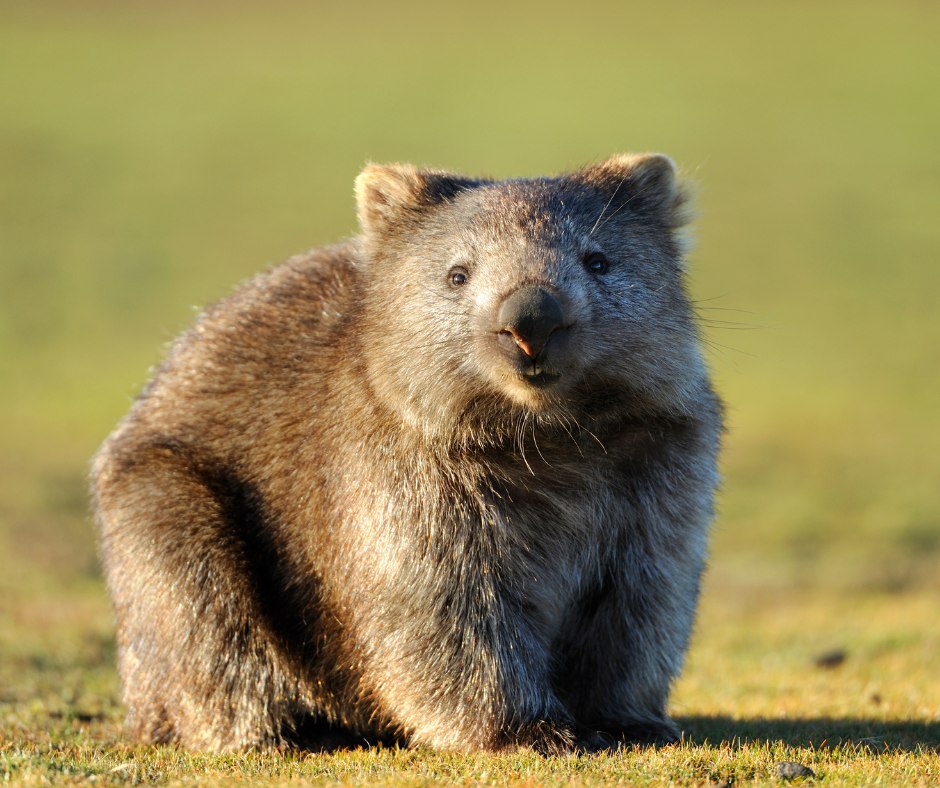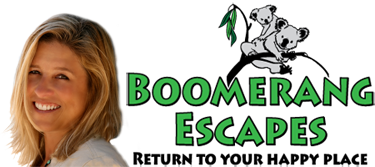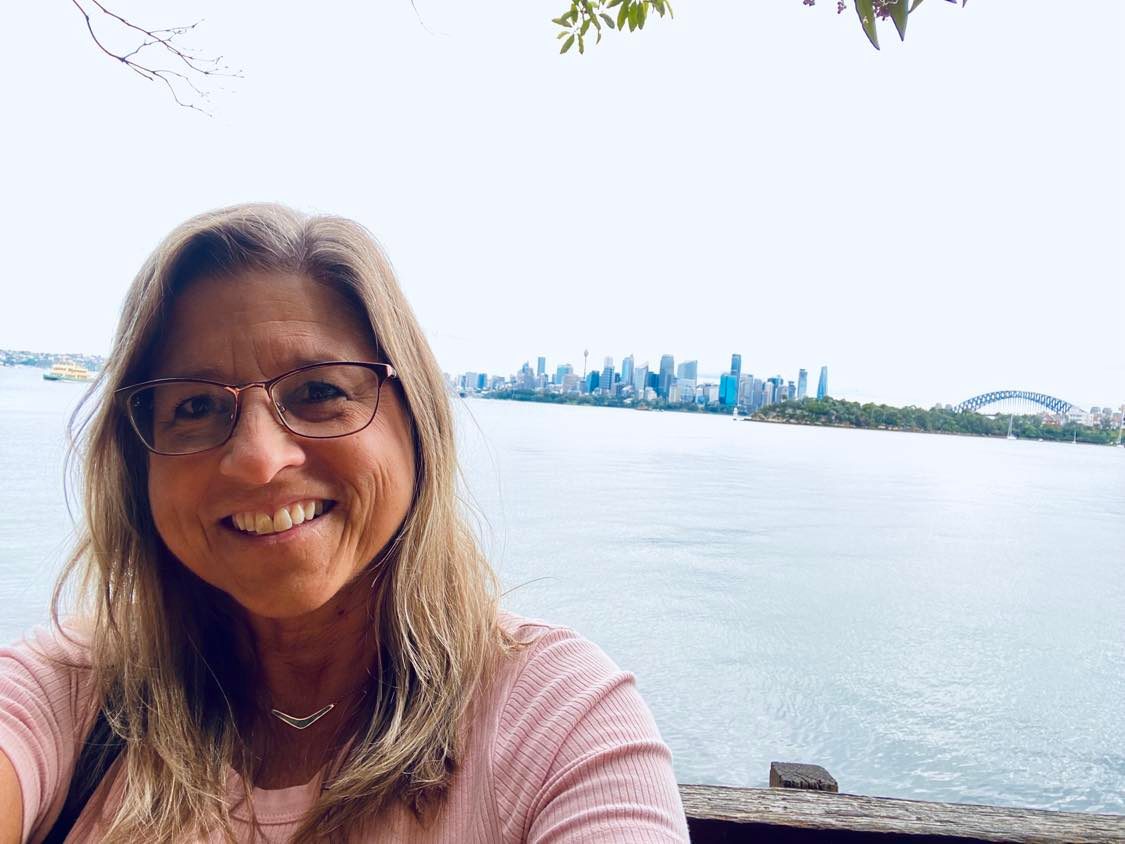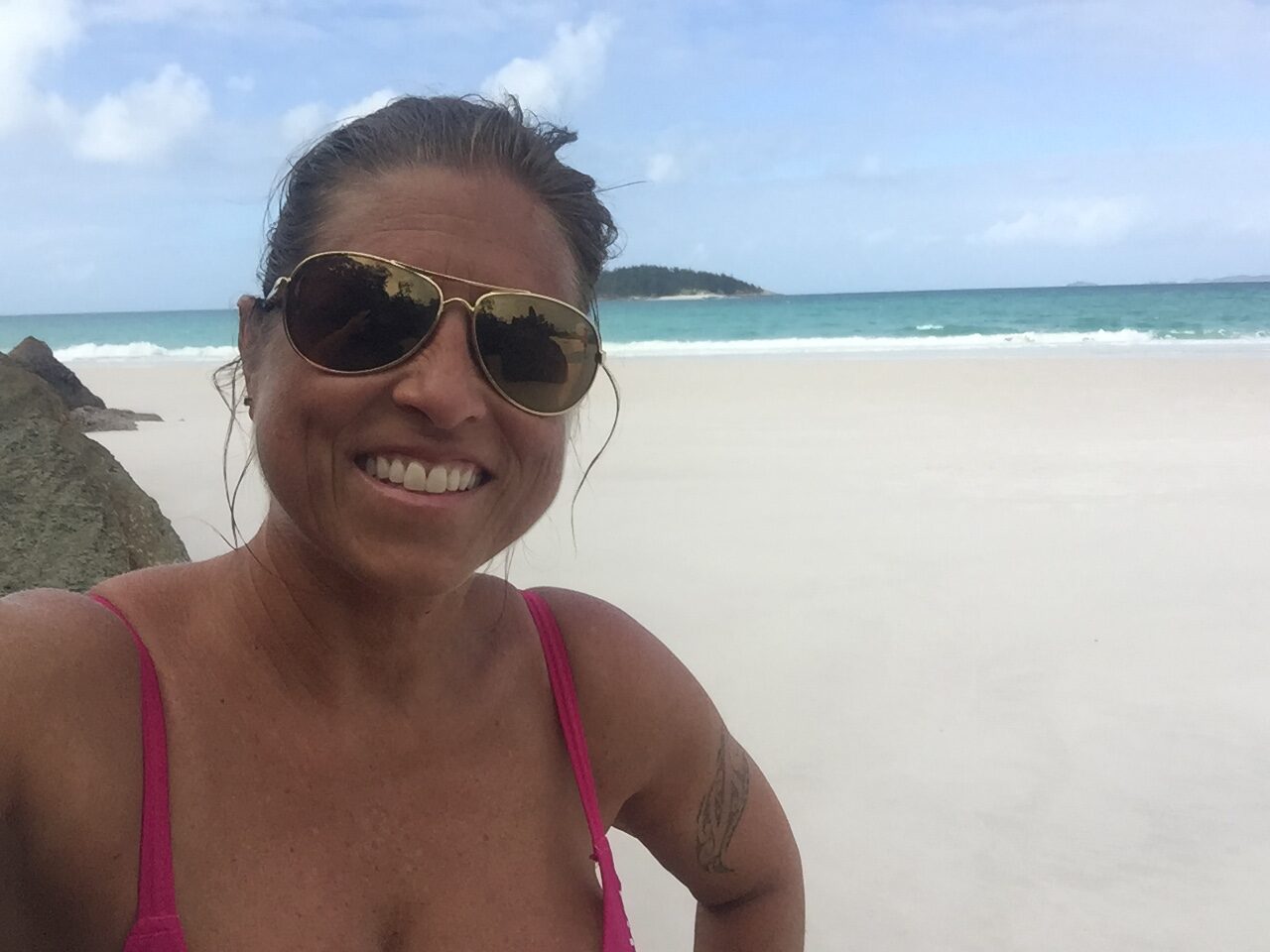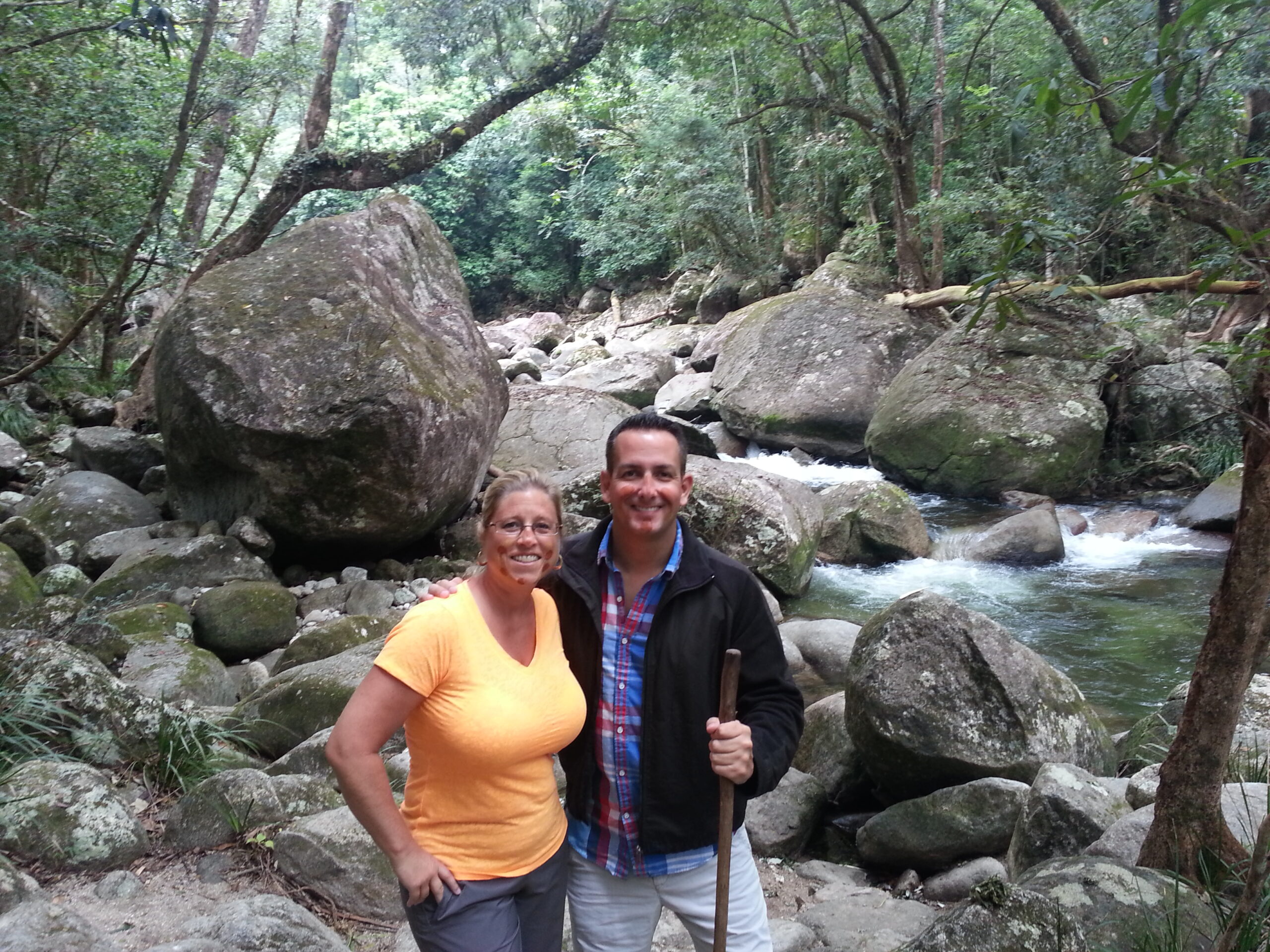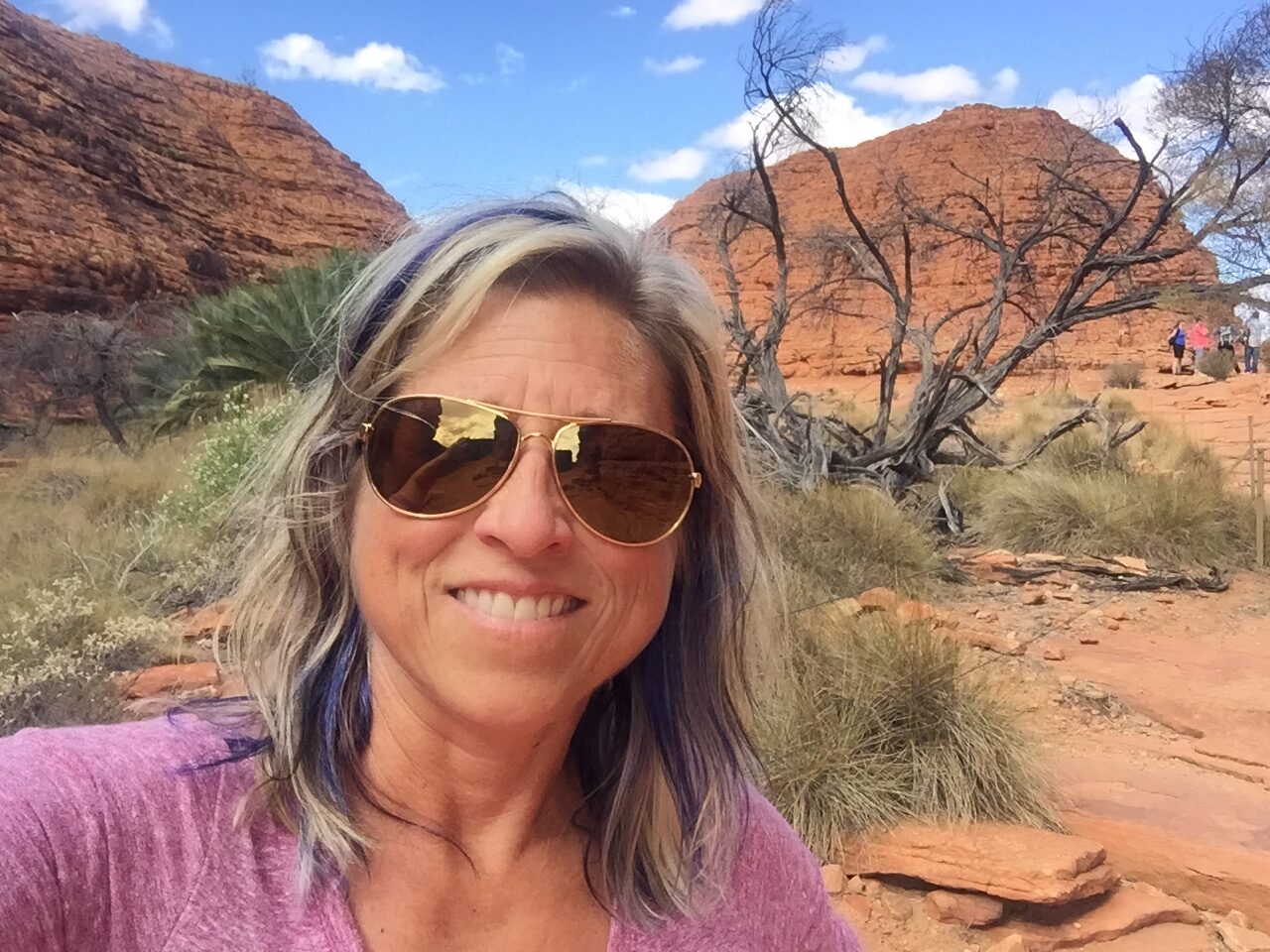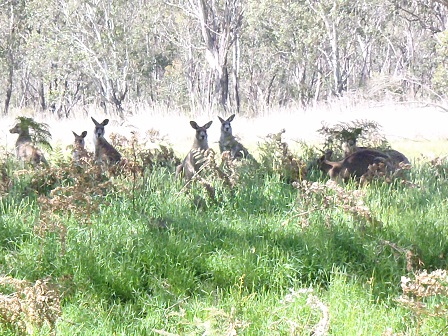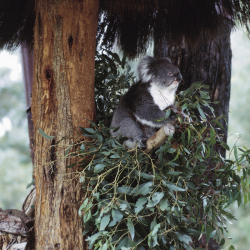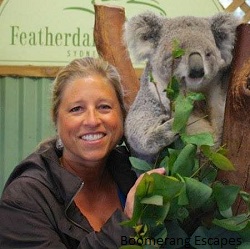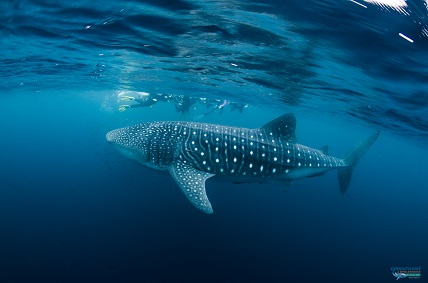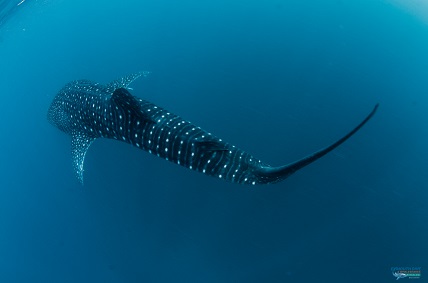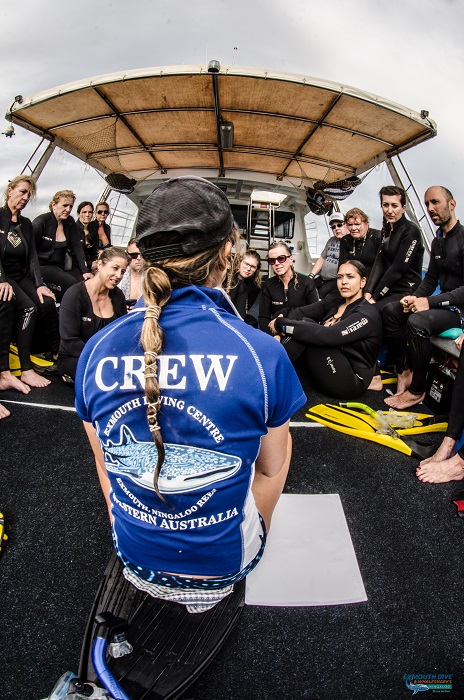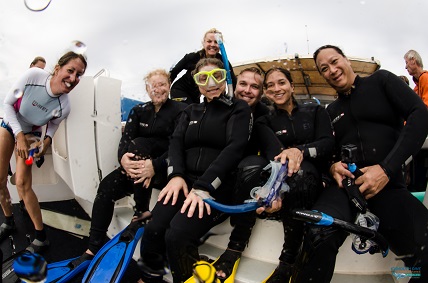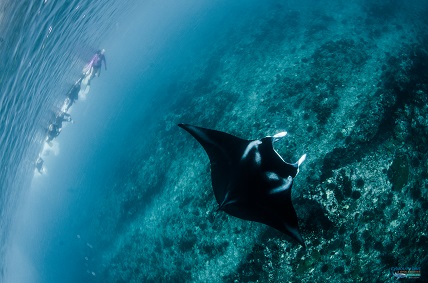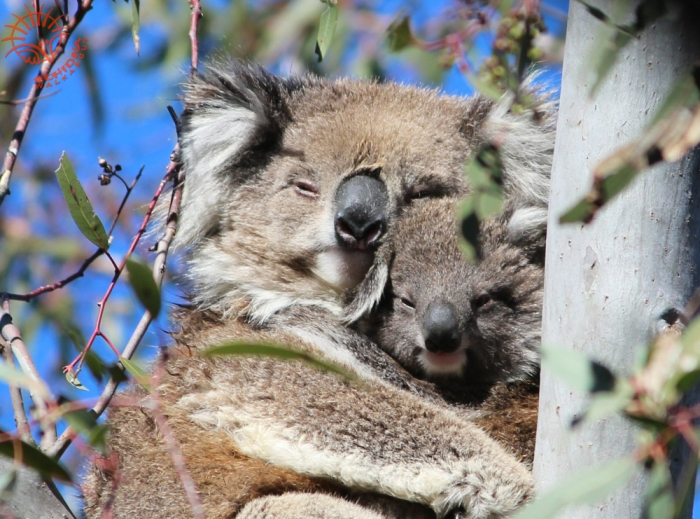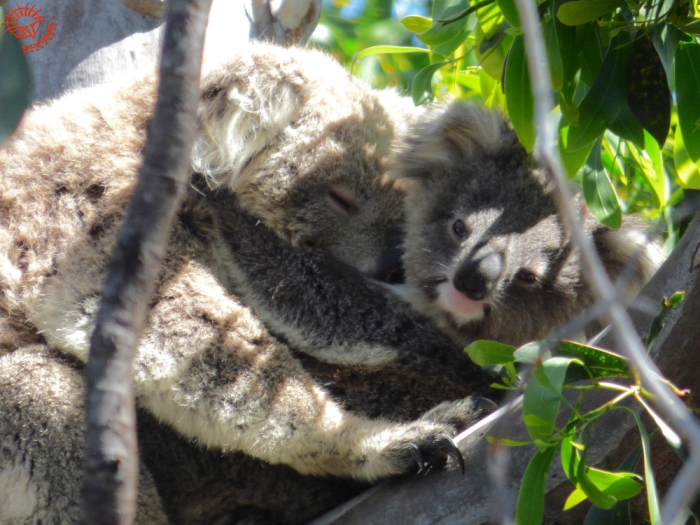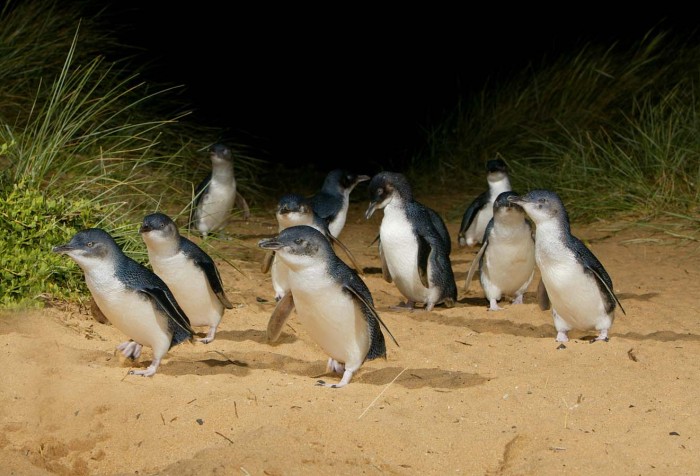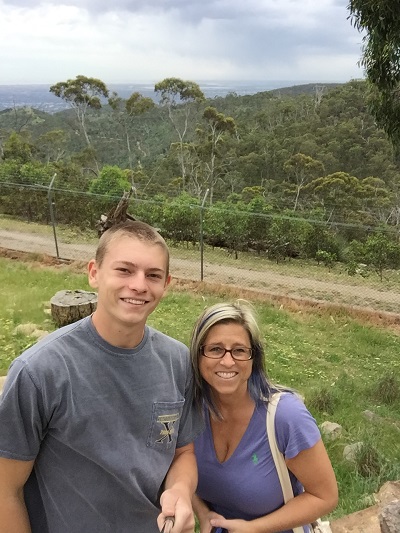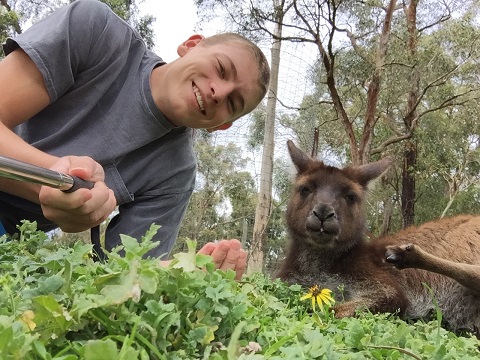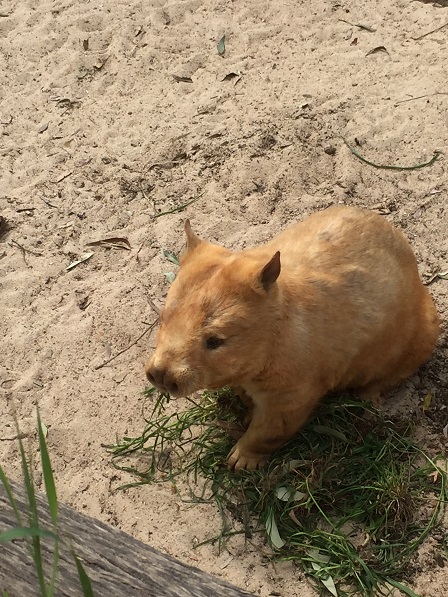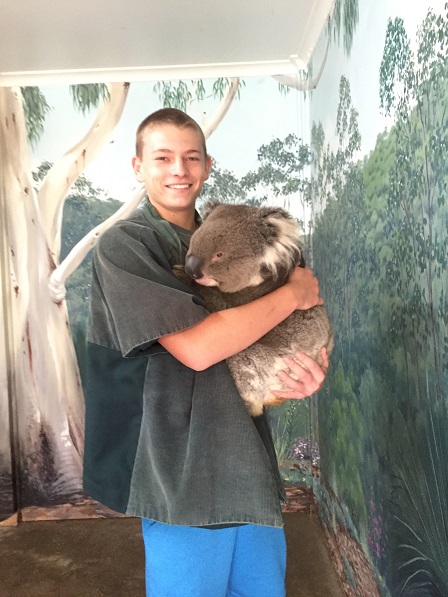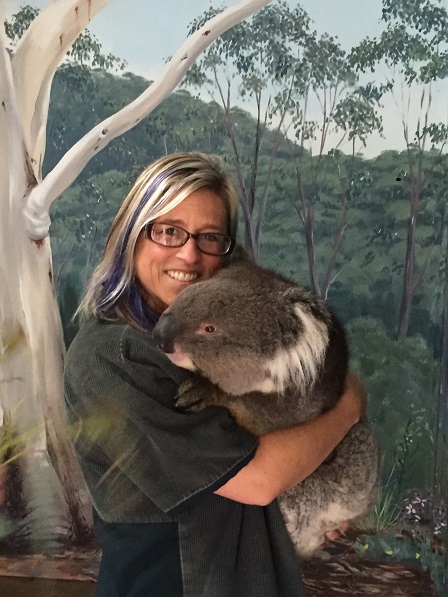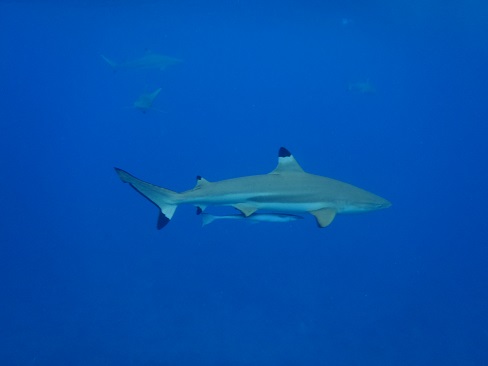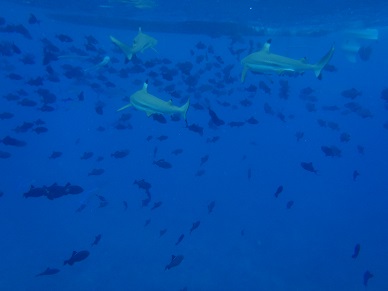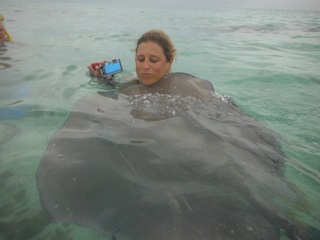One of the draws to visiting Australia is the unique wildlife. They have some of the most unusual animals in the world and are only native to their prominent island destination. You will find creatures such as the kangaroo, wallaby, emu, Tasmanian devil, platypus, koala, and the one we will be diving deeper into, the wonderful wombat.
What makes the wombat so wonderful?
First, as we mentioned, they can only be found in Australia. (zoos don’t count) There are three species of wombats that you will find on your travels:
- The common wombat (pictured)
- The hairy-nosed northern wombat
- The hairy-nosed southern wombat
You will likely find at least one species in all but the Northern Territory. However, the hairy-nosed northern wombat is at the highest risk of extinction and is harder to see in the wild.
Second, unlike other marsupials, the wombat’s pouch faces backward. The pouch is a uniquely designed trait for the wombat is a digger. Having it backward prevents them from throwing dirt into the joeys that may be residing in the pocket.
Third, speaking of digging, the wombat has strong, powerful claws. They are the largest burrowing mammals in the world and can dig up to three meters deep. That is almost 10-feet. They create an intricate tunnel system beneath the ground to include bed chambers.
Fourth, a fun fact, the wombat has cubed shape poop. The shape results from their diet, but it also serves a purpose. The wombat uses their poop to mark their territory and entrances to their burrows.
Fifth, despite their short, stubby stature, the wombats are quick. They can run up to 25 miles per hour. I wouldn’t recommend getting too close in the wild as they could catch you and take a nip. They do bite.
Finally, I’ve only touched on several characteristics of the wonderful wombat. What is not so wonderful is they are at risk. Predators, habitat, and even mange (an infection of the skin) contribute to their decline. However, all over Australia, licensed rehabilitation organizations are helping to secure their longevity. Boomerang Escapes is happy to support one of them as a “Wombassador.” You can read more here.
Lisa Rossmeissl is the owner of Boomerang Escapes, a home-based agency located in Old Bridge, New Jersey with agents in TN, MS, and WI.
She has been a professional travel consultant since 2008 and specializes in Australia and the South Pacific. Australia, New Zealand, Tahiti, Fiji, and Cook Islands are among the specialist certificates she holds. Her agency’s focus is on creating custom itineraries with their client’s wants, desires, and budgets in mind. She and her planners believe in getting to know the traveler to ensure they have a vacation to remember. With each planner specializing in a different market area, Boomerang Escapes can offer a wide variety of leisure vacation planning.

